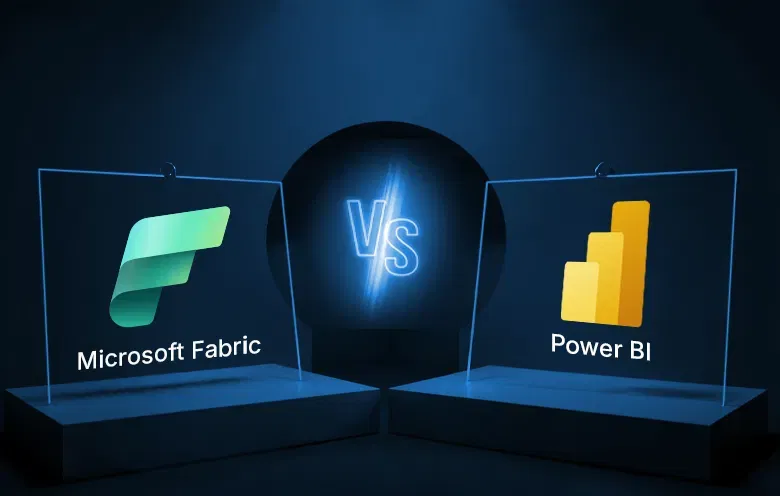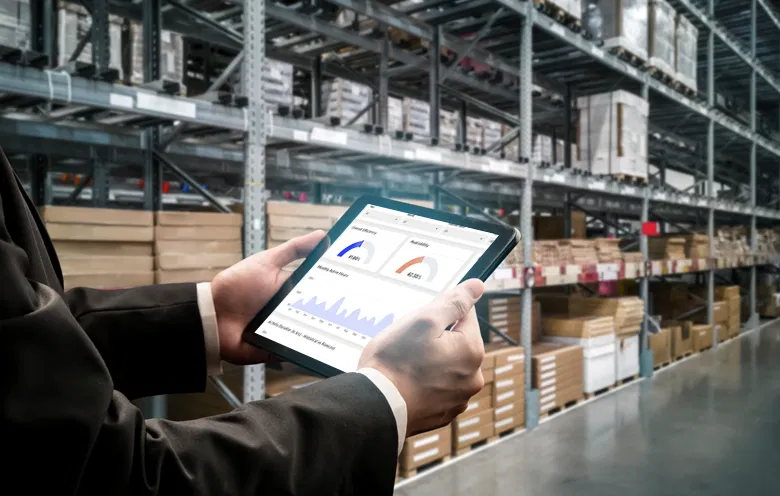Renewable energies are a source of clean, unlimited and progressively competitive energy. After the Industrial Revolution, most countries used fossil fuels, drastically impacting the global climate and human health.
Fossil fuels are one of the major causes of local air pollution that gives rise to health hazards. Hence, the reduction of CO2 emissions and local air pollution is the need of the hour. So, it has become imperative to quickly switch to nuclear and renewable sources of energy that would emit less carbon into the atmosphere.
However, monitoring and analyzing energy data are crucial for understanding how rapidly renewable energy production is changing. Power BI is a business analytics tool that helps you to visualize your data and derive insights easily. It gathers data from disparate sources to build interactive dashboards and BI reports. The implementation of Power BI in the renewable energy sector can revolutionize the energy landscape.
Let’s look at the key sources of renewable energy
Solar energy – Solar photovoltaic and solar thermal
Wind energy – High turbines and big rotor diameters
Geothermal energy – Geothermal reservoirs through wells or some other medium
Bioenergy – Organic materials – wood, charcoal, dung, manures and liquid biofuels
Hydropower – Reservoirs and rivers
Ocean energy – Kinetic and thermal energies of seawater
Advantages of renewable energies
Renewable energy sources are available in every part of the planet for sustainable energy generation – in any form – water, wind, sun, or organic material.
The renewable energies:
- Do not cause climate change
- Are inexhaustible and available in abundance
- Minimize energy dependence
- Are progressively competitive
The global business intelligence market size to grow from USD 23.1 billion in 2020 to USD 33.3 billion by 2025 at a CAGR of 7.6%.
-MarketsandMarkets
Addressing data challenges faced by the renewable energy sector
Power BI has the potential to revolutionize the renewable energy sector as it will help in data forecasting and analytics. Energy shortage is a global issue. Predictive analytics is one of the prime requirements of the energy sector to minimize costs, save energy, enhance user experience and adapt to fluctuating conditions.
Using a tool like Power BI for data analytics and big data would improve and augment forecasting for better operations. Moreover, energy companies suffer a lot due to errors which we can prevent with the help of forecasting. Forecasting would also help to predict changes in demand, overloads and possible anomalies to handle these situations proactively. Apart from this, there are other aspects that Power BI can facilitate like:
- Efficient resource management
- Intelligent storage of resources
- Improving safety and reliability
- Predicting failure
Why Power BI is essential for the renewable energy sector
Every growing entity needs to be monitored, measured and analyzed for optimal efficiency. As for the energy sector, it has a constant increase in demand. Hence, it is imperative that the energy sector improves its efficiency in handling energy production to meet these demands. For that to be possible, energy efficiency and management on both the producer and consumer sides are essential.
Information and communication (ICT)-enabled smart energy grids generate huge amounts of data. It enhances the productivity and efficiency of the energy sector. Thus, it is essential to gather, store and analyze this data.
Furthermore, gathered insights need proper visualization and comprehension. Power BI is a highly scalable and flexible data analysis platform. Implementing Microsoft Power BI in the renewable energy sector can simplify the task of storing and analyzing data in real-time.
Digitizing the renewable energy sector
The renewable energy sector must integrate more renewable energy sources and enable decarbonization to transform the energy system. Doing so will improve the efficiency of power grids and minimize the cost of electricity. As a result, digitization would lead to a more equitable energy evolution.
However, digitization processes and data management require a system to ensure privacy, security, and compliance with cybersecurity concerns.
How to digitize the energy sector:
- Digital transformation with technology tools and solutions
- Use of big data and AI to manage energy
- Optimizing complex energy infrastructure
- Minimizing redundant electricity usage
- Advanced software to monitor data
- Timely identification of errors
- Detect faults in the equipment
- Build a smart ecosystem of assets with AI and big data
Analyzing a large volume of data
It is well known in the global renewable energy industry that the volume, variety and density of data are growing at a large scale. In order to handle such enormous data, the energy industry should develop and incorporate analytical capabilities for all its systems, processes and workforce. Hence, leveraging an enterprise-wide, scalable method to address these challenges has become imperative.
Data collection, storage and analysis are imperative parts of data visualization and Power BI can efficiently address these aspects of the renewable energy industry. Power BI empowers the renewable energy sector with decisive models for analyzing energy generation and consumption.
It provides detailed real-time analysis to create data models capable of learning and building the ideal functional approach for competent energy consumption.
Power BI generates reports according to data fetched and analyzed for every stage of all the processes involved in the generation and consumption of energy. By using advanced analytics, it helps users create predictive models based on data. This data visualization solution enables organizations to make data-driven business decisions.
Power BI insights to address the issues
To address crucial business challenges effectively, energy companies must prepare to run better data management and analysis. By, leveraging the Power BI analysis, organizations can integrate meter reading, meter inventory and billing data to manage revenue efficiently. Power BI can identify unusual and abnormal consumption patterns, billing and payments to avoid scams and losses.
It examines meter flags, maintenance parameters, field equipment and other key KPIs to improve asset management. By using Power BI solutions, organizations can access the outage effect, achieve compliance, provide better customer service and enhance sales, marketing and revenue generation.
Integrate analytics with your energy company now!
Microsoft Power BI is an excellent analytics tool that has the potential to enhance energy-renewable processes and take the energy industry to another level of productivity with maximization. If you want to monitor your business thoroughly, then Power BI reports can provide you with access to dashboards for efficient energy management.
The most effective way to create a culture of business intelligence and data analytics should be with a data visualization tool like Power BI. Power BI revolutionizes the energy industry results by analyzing the tremendous amount of data generated on a regular basis and channeling it into effective strategic insights. Incorporating Power BI in the energy sector will help you with real-time visibility and fewer operational variables across the value chain. To know more about how the integration of Power BI will enhance the efficiency of your energy company, talk to our experts.



